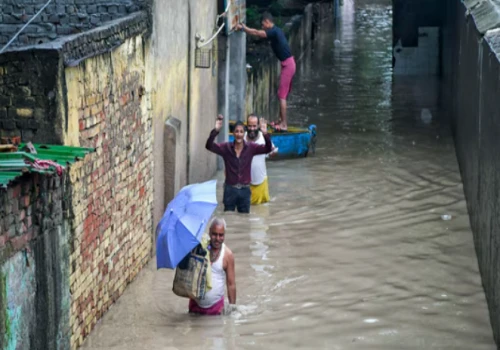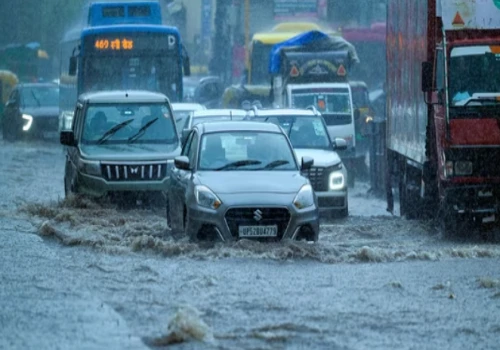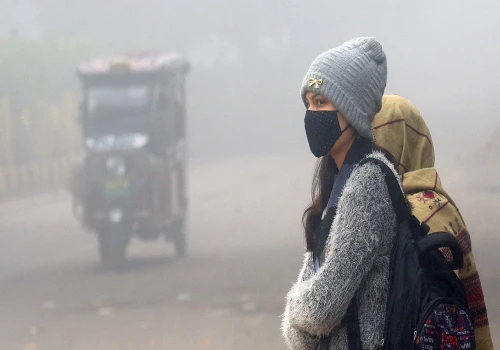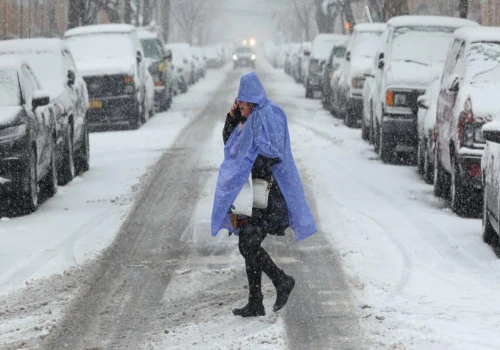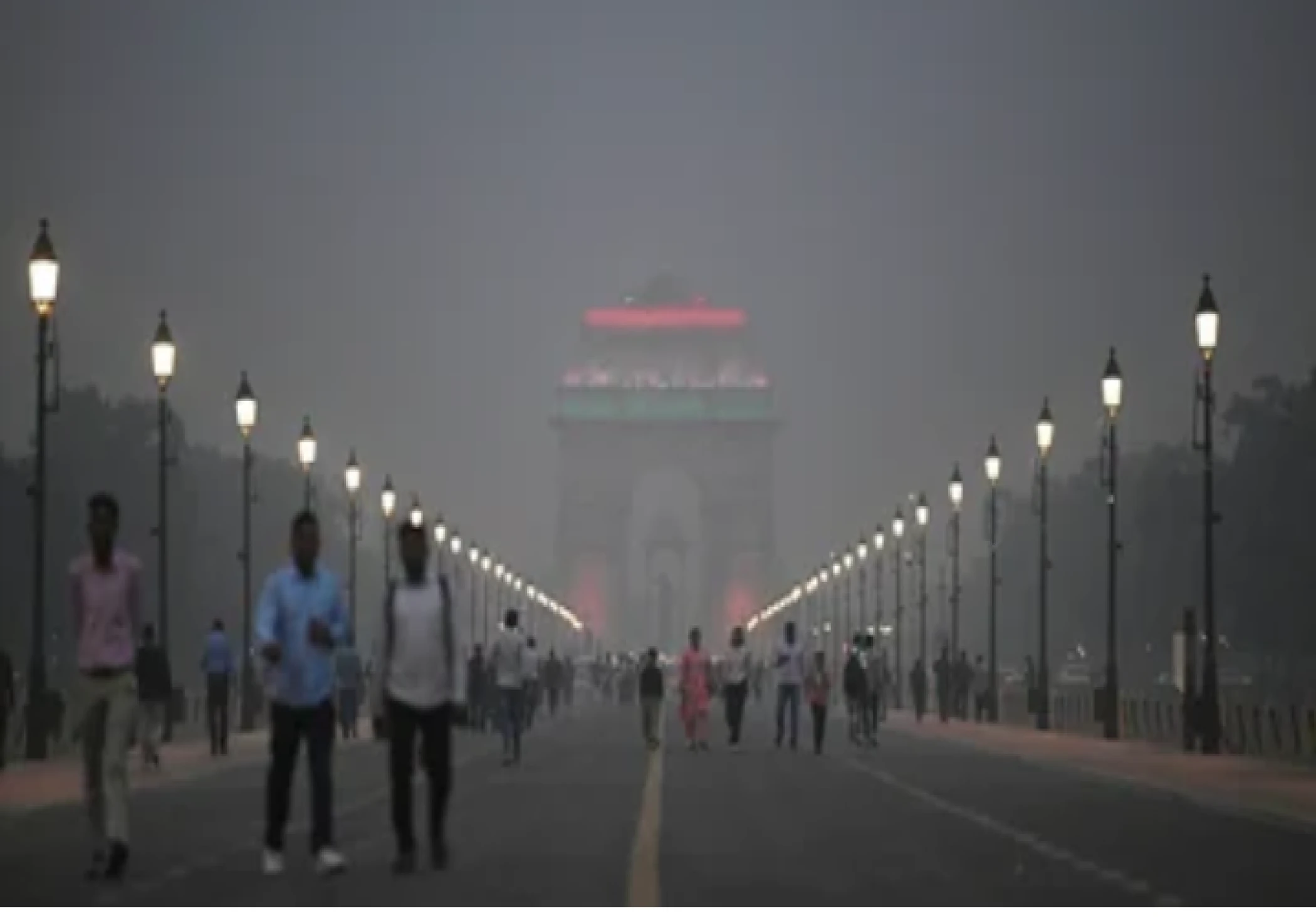
Delhi continues to struggle with worsening air quality as pollution levels remain in the 'very poor' category and may reach the 'severe' zone today, raising serious health concerns for residents.
The Air Quality Index (AQI) has crossed 300 in several areas, with thick smog blanketing the city and reducing visibility. Environmental experts attribute the spike in pollution to vehicular emissions, stubble burning in neighboring states, and calm weather conditions that trap pollutants near the surface.
The Central Pollution Control Board (CPCB) has issued warnings about deteriorating conditions, urging people to avoid strenuous outdoor activities, especially during morning and evening hours when pollution levels are highest. Authorities have also advised using air purifiers indoors and wearing N95 masks outdoors.
According to the System of Air Quality and Weather Forecasting and Research (SAFAR), Delhi’s overall AQI could touch the ‘severe’ category if current meteorological conditions persist. Areas such as Anand Vihar, RK Puram, and Jahangirpuri have already recorded AQI readings above 350, posing health risks to all age groups.
Meanwhile, the Delhi government is expected to review emergency measures under the Graded Response Action Plan (GRAP) to curb emissions. Steps such as restrictions on construction work, vehicular movement, and industrial activity may be reinforced if the air quality worsens further.
Experts emphasize that long-term solutions like promoting electric vehicles, increasing green cover, and stricter enforcement of pollution norms are crucial to improving Delhi’s deteriorating air quality. Citizens are also encouraged to contribute by minimizing the use of private vehicles and adopting sustainable pr
actices.



